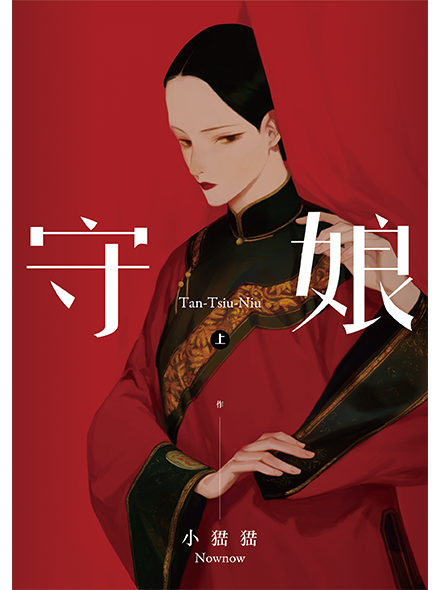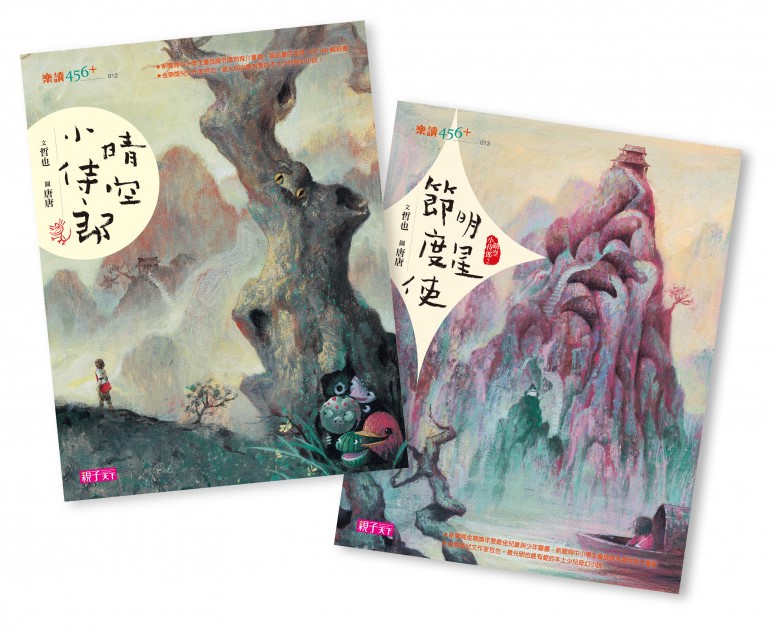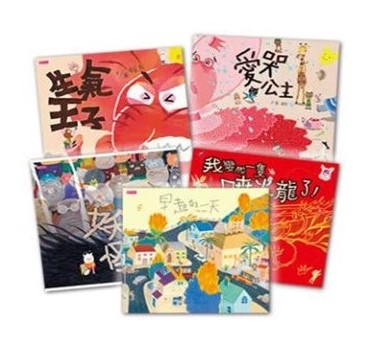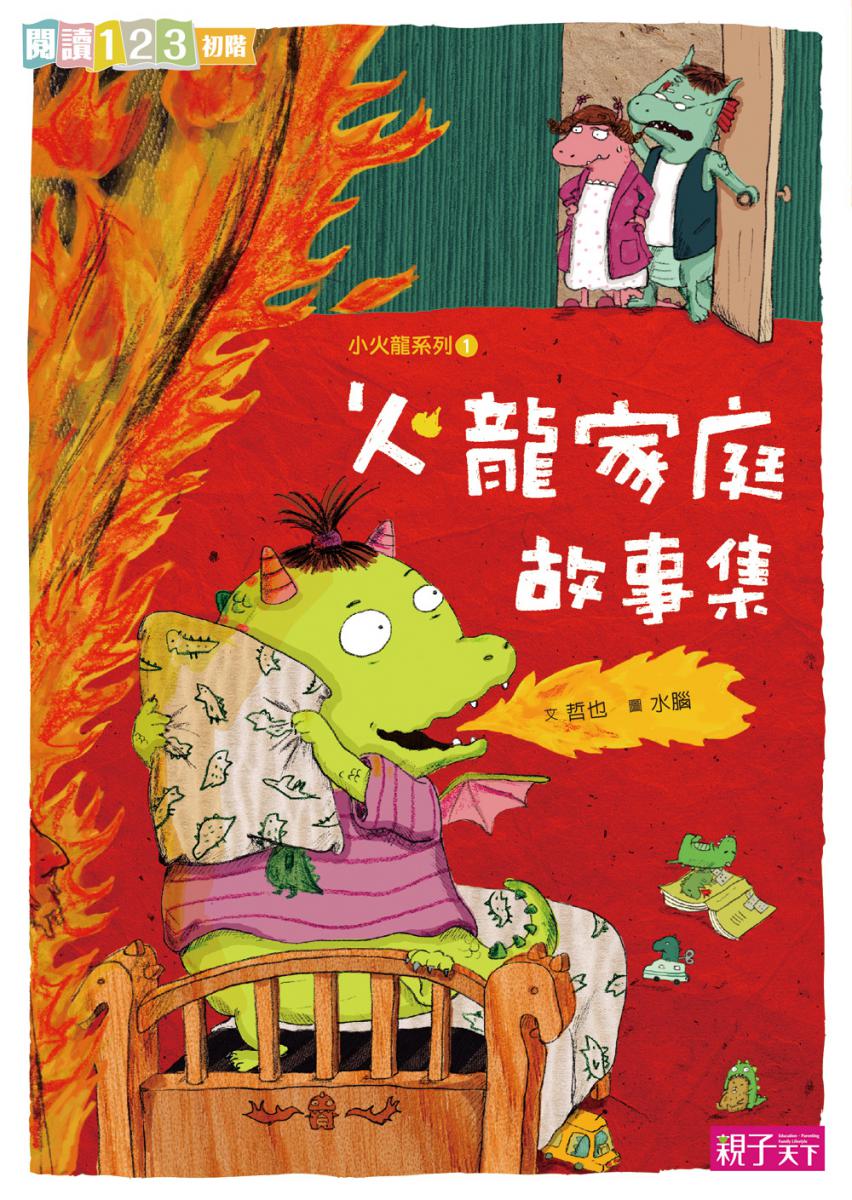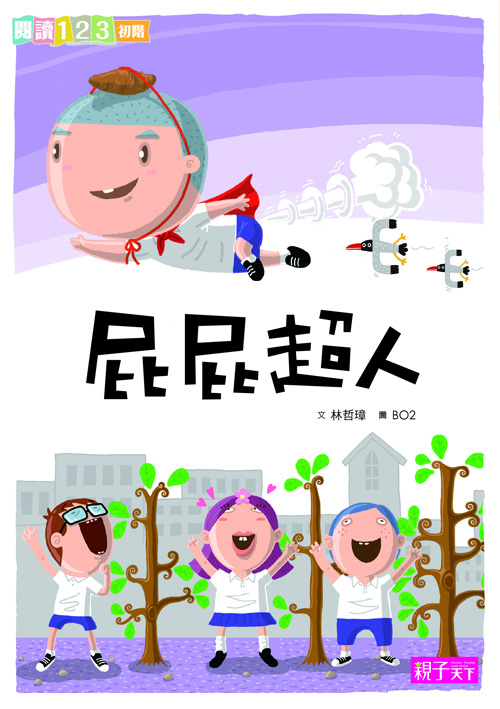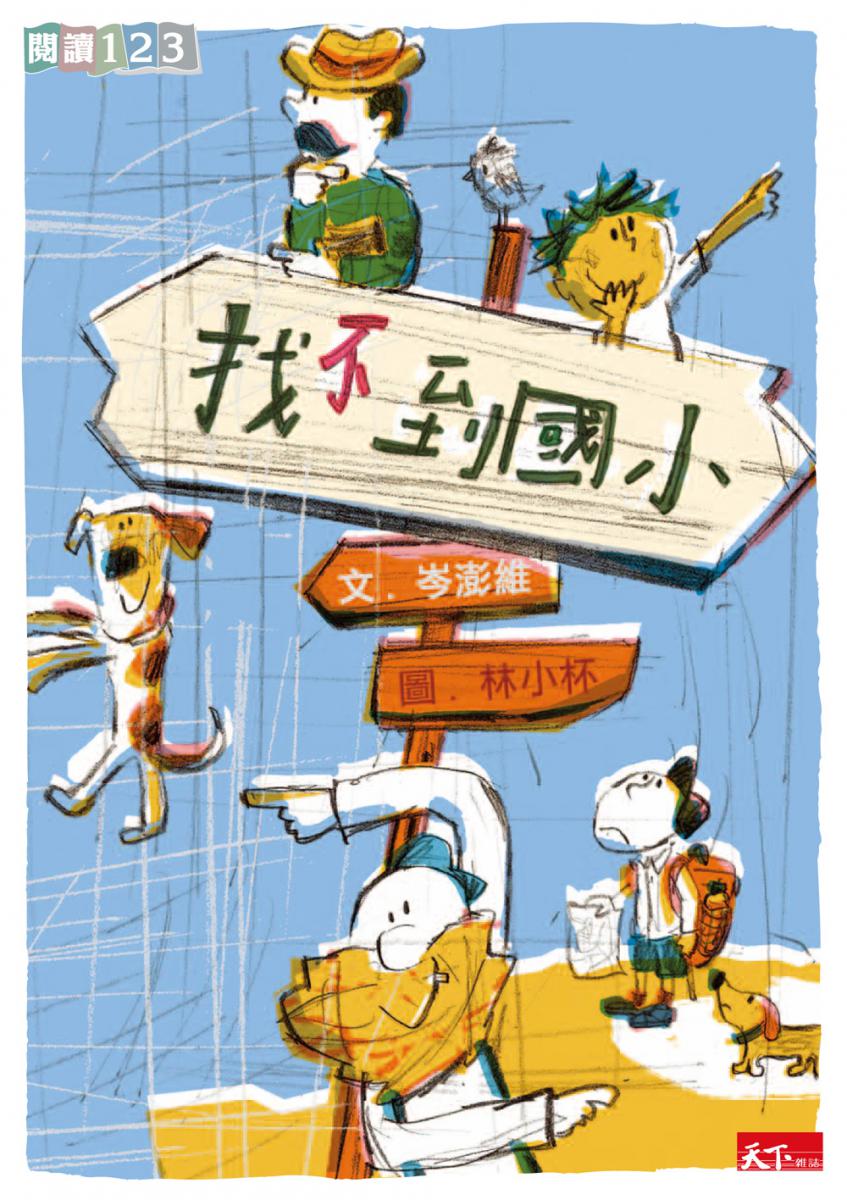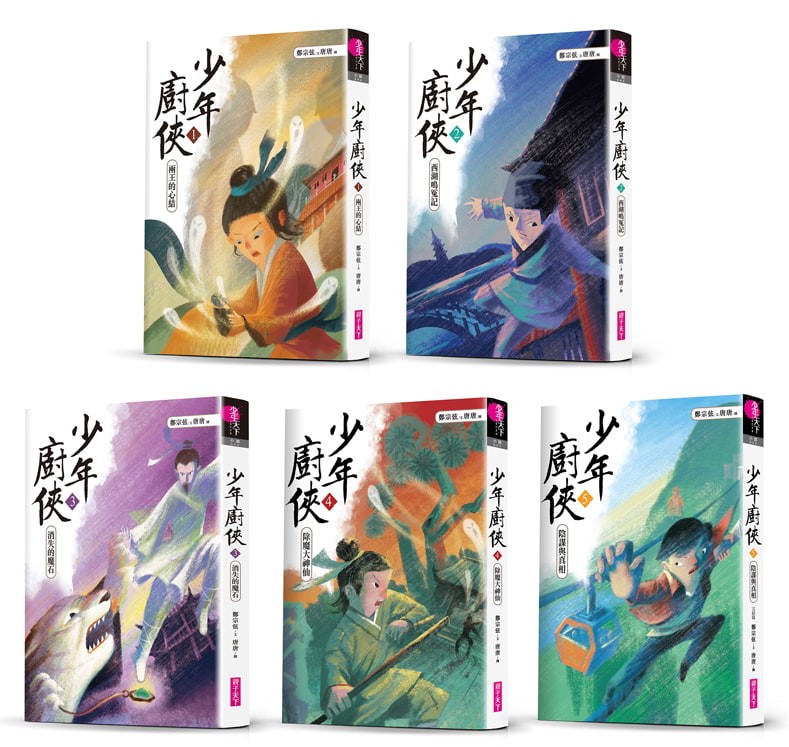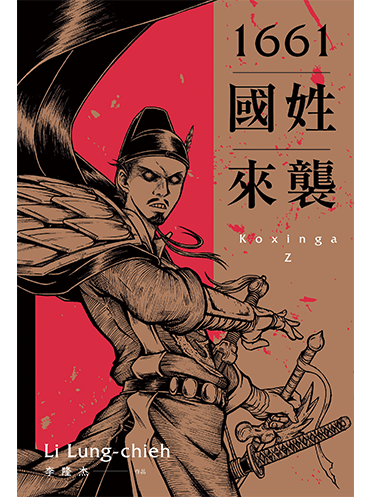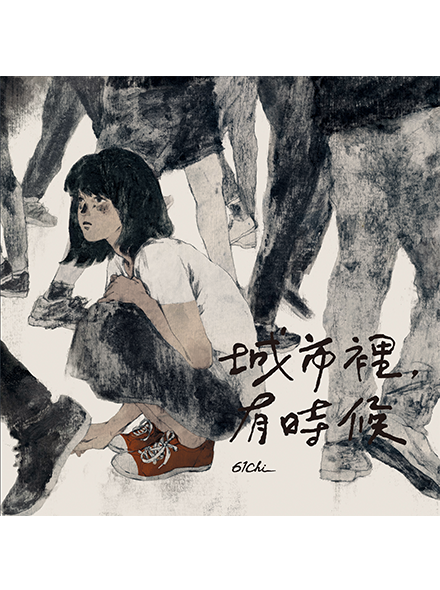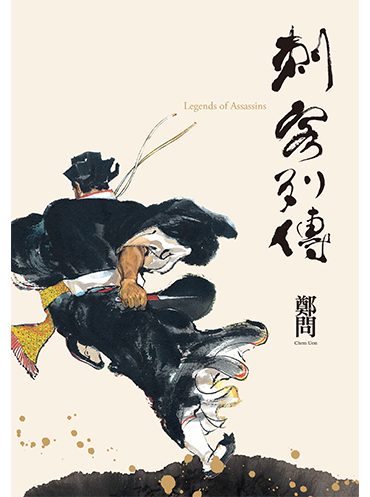Read Previous Part: https://booksfromtaiwan.tw/latest_info.php?id=174
Children’s Book Markets by Country: The Proportion of Local vs Foreign Titles
At the moment it seems like most children’s books in Taiwan are translated titles, but Su Shin also wanted to note that in the last five years there has been a steady increase in the number of local children’s book authors and illustrators. In 2019, nine Taiwanese illustrators were selected to display their work at the Illustrator’s Exhibition at the Bologna Children’s Book Fair, which was a new record for Taiwan. This year, Lin Lian-En’s picture book Home won the 2021 Bologna Ragazzi Award for Fiction, and Animo Chen’s picture book Love Letter which was written in Taiwanese received a special mention for the 2021 Bologna Ragazzi Award for Poetry. These internationally recognised awards are not only a boost for Taiwanese creators but also bring increased visibility and publishing opportunities. Su Shin also candidly acknowledges that in reality these awards might not necessarily translate into sales: “Ultimately, is it more important for a book to be a bestseller or to be publicly lauded? Even at this stage, we still can’t avoid that struggle between critical acclaim and book sales.”
In Thailand and Vietnam, the majority of children’s titles are translated books. “The proportion of original Vietnamese books is about 20-30%, with translated books accounting for nearly 70% of the market. The main reason is that it’s hard to find professional Vietnamese children’s writers.” Take picture books for example, the author has to co-create with an illustrator but since most illustrators in Vietnam work part-time or are moonlighting: “It takes a long time to create children’s books and it doesn’t generate much income.” Therefore, most children’s books in Vietnam tend to be translations of foreign titles. The same is true in Thailand, where over 80% of children’s books are translated titles. In the past, they have been published in co-edition with European publishers which not only reduced production costs but also served as professional guidance for Thai publishers by giving them the chance to collaborate with a lot of highly-skilled children’s book printing specialists.
By contrast, translated books account for a smaller proportion of Indonesia’s publishing market, and the number of translated children’s titles is even smaller still. “Many local authors are very keen to interact with fans on the internet which makes marketing and publicising their books relatively easy, whereas translated works are never quite as effective at achieving this as their local counterparts.” Editors at Indonesian publishing houses often find picture book creators who have already a certain number of fans on social media and invite them to publish a physical book. Generally speaking, the market response is pretty good. Adapting books for the screen and selling the rights to streaming platforms is one of the ways they can promote local Indonesian books. “We actively contact domestic production companies as well as trying to sell international translation rights, but for the most part we tend to sell them to domestic production teams.” Filming brings the text to life on screen, making it more vivid with new layers of storytelling. In addition to Netflix, there are local Indonesian streaming platforms that bring great stories to readers.
The children’s publishing market in South Korea is also dominated by local books. “In the past, domestic and foreign titles used to be a 50/50 or 60/40 split, but recently over 90% of books have been written by local authors.” There are two South Korean organisations that are investing resources in local authors, in particular the Publication Industry Promotion Agency of Korea (KPIPA) is there to assist translators, plan book fairs, and contact foreign publishing houses. They are one of the most important advocates for selling South Korean works overseas, and readers from neighbouring countries such as Japan, Taiwan, China and Vietnam are all very fond of Korean children’s books. Within South Korean children’s books, young adult novels have sold especially well and in recent years there has also been a significant increase in sales of Japanese books about economics targeted at middle school students. “Soaring stock prices, Bitcoin and so on have become hot topics in the last few years which has made parents hope that their children can learn how to use money from an early age.” It might seem unfathomable that middle school students would be studying economics but financial investment has been a popular subject in general over the last few years. For example, 25% of the books on Taiwan’s bestseller charts last year were related to personal finance.
How Do You Detect Trends and Decide When to Follow Them?
By chance, all eight publishers agreed that social trends and readers’ needs were their main points of reference when publishing a book. “Often, readers are hoping that a book will help them solve their problems, so it’s absolutely crucial to understand the difficulties people are facing.” For example, at the beginning of this year Thai publishers found that popular science books were doing very well. Meanwhile in Vietnam, publishers feel that the “loneliness economy” is an area that can developed further given that industry has already seen readers gravitate towards loneliness-related books about managing moods and healing anxiety. Brick-and-mortar bookshops, book reviews and the fluctuations of online bestseller lists are all equally important observation points, while social media is a crucial tool for grasping popular societal trends. As the various forms of book promotion become more and more diverse, “It’s imperative that publishers keep observing trends, and that they create new trends of their own.”
At the end of the roundtable discussion, the publishers couldn’t help reminiscing about the warmth of talking in-person at physical book fairs. In particular, Taiwan and Indonesia both felt as though they lacked a unified central platform like South Korea’s which serves as a channel for fielding inquiries. For many of the local children’s books that have already been translated, it feels like the only way for people to find out about them is at or around the book fairs, and a lot of books are difficult to promote without physical book fairs. For the Summer Edition of this year’s Taipei Rights Workshop, The Grayhawk Agency used Gather Town to build a virtual space which international delegates could “visit”. Some of the publishers candidly stated that it was much easier to use and far more interesting than Frankfurt Book Fair’s digital rights portal, but it’s only natural that as publishers around the world continue to solider through this pandemic with no end in sight, we still look forward to a future where we can meet in person to listen and talk about all the great stories that deserve to be read.
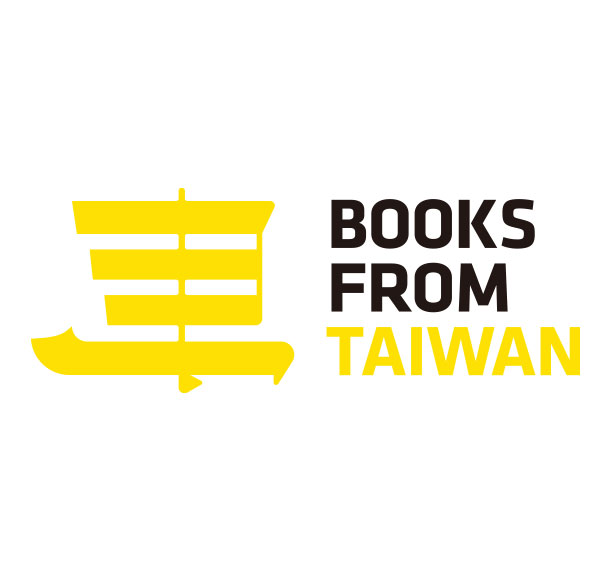

.png)
